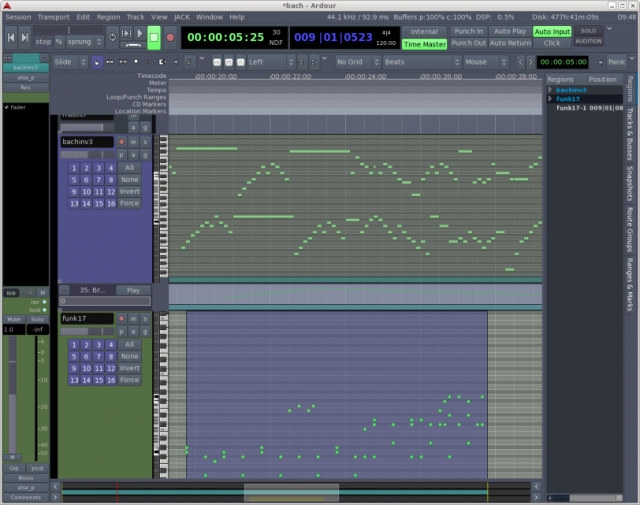If a free and open source DAW sounds like a tall order, it is. And so it’s little surprise that Ardour 3, the biggest upgrade to this solid music production workstation, has been a long time coming. What might surprise you: Ardour 3 is not only nearly here, but it could be substantial enough to become your primary music workstation. And that could be a good thing for the whole music production ecosystem on Mac and Linux.
The big news is, as expected, Ardour 3 will add MIDI recording, playback, and editing, the essential feature that kept many people away from the tool. What’s different about using MIDI in that Ardour is its exceptional support for JACK, the advanced audio and MIDI server for Mac and Linux. (Paul Davis is the creator of both Ardour and JACK.) That gives you unusually flexible options for routing. Otherwise, MIDI is what you’d expect, with piano roll editing, a welcome percussion-style editor and old-school step editor, and convenient editing tools.
Also nice: you’ll edit in the main window, rather than having to juggle a lot of different windows.
MIDI means soft synths become practical, too. Ardour could become a showpiece for the small but growing set of exceptional new Linux plug-in instruments, with expanded LV2 support (and VST, which is also key on Linux). For Mac, there’s plugin instrument support for AU.
For routing, there’s a new matrix editor, which greatly simplifies the deep routing possibilities in Ardour. (That depth could, frankly, be a bit of a headache in past releases. Now, it looks like a joy.)

DSP functions can now use any number of processors, essential for multi-core systems (which now even includes new, affordable netbooks).
And that’s just the banner features among many, many improvements, in one of the broadest DAW releases to date.
There’s “Vector Based Amplitude Panning,” a fancy graphical panning tool.
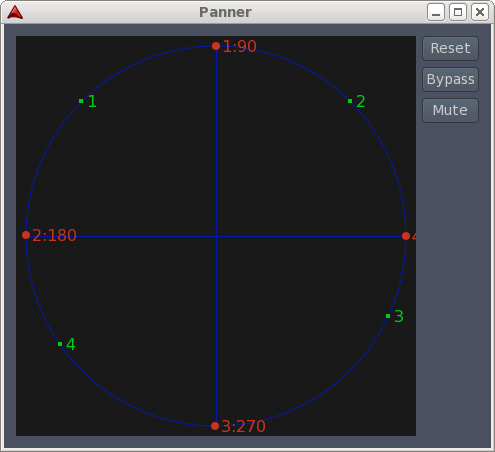
Pro Tools’ Beat Detective sees an open source answer in Ardour’s cheekily-named Rhythm Ferret. (With similar features in almost every DAW these days, that’s a bit of a must.)
Ardour’s routing prowess is significant, but controlling the DAW is also becoming far more powerful. Having added pioneering support for OpenSoundControl (OSC) for controlling key editing tasks, Ardour 3 improves upon MIDI control with “binding maps.” There are presets for popular controllers from Behringer, Korg, Roland, and M-Audio, but it’ll be easy to create control maps for other tools, too. Maps are specified in simple XML and are a breeze to create. It looks to me like it’ll be an ideal place for interested users to contribute to a free and open source project, without necessarily having the skills to work with the Ardour code base. (I sure don’t have those kinds of code chops, so count me in, for one!)
The UI is also greatly improved, with sophisticated tools for tracking media, looking at your session, managing regions, and the like.
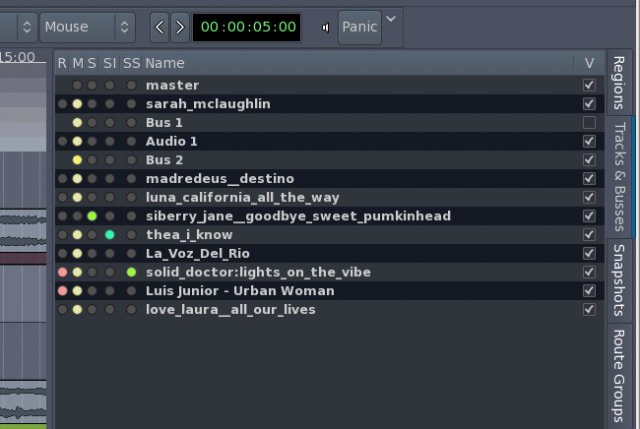
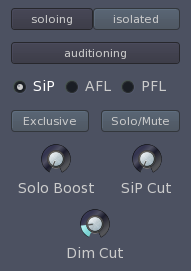
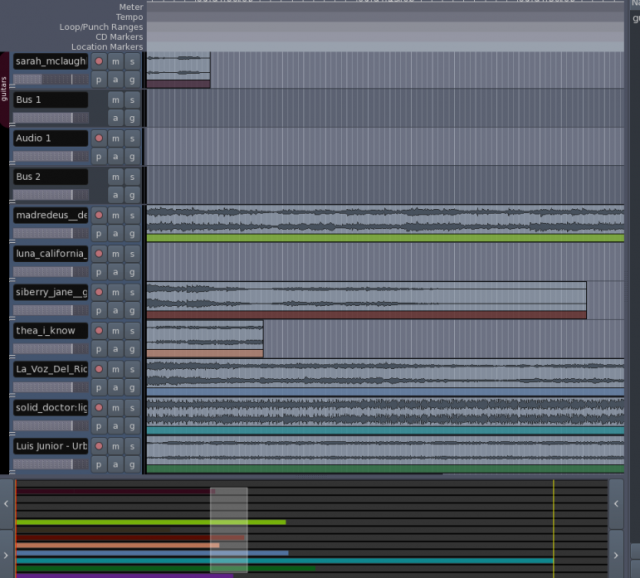
I could say more about what’s coming in Ardour 3, but it’s best to check out the eloquent description of the new features, what is and isn’t there, and what the thinking behind
those functionalities has been:
A lot of what is in Ardour 3 is familiar from other tools, so I expect among free software-averse developers, there may be a sense that open source isn’t “innovating.” In this case, though, I think there are a number of answers to that. First, Ardour’s innovation is partly in its simplicity: it doesn’t suffer from the kind of feature creep that has tended to afflict commercial products, partly out of necessity. Second, a number of features – as simple as the big clock window in Ardour – are simply things users need, and have been copied from one DAW to another since the 1980s. (Innovation for innovation’s sake isn’t always a good thing; features get copied because users desperately need them to solve common problems!)
But, most importantly, I think Ardour does have an innovative approach to MIDI, audio, and OSC, particularly in regards to routing and performance. It’s a showpiece for Paul Davis’ superb JACK audio and MIDI technology. The music production ecosystem needs free and open source tools as pieces in the larger puzzle, in order to advance the craft of music software making as a whole. With expanded compatibility and file import/export features in Ardour 3, it could become a reference platform for interoperability, a common ground between DAWs and a showpiece for standards. Indeed, I do hope that commercial, proprietary developers have a look at what’s happening. Ardour demonstrates what’s possible.
Most importantly to us, it could be a damned useful DAW. Stay tuned for information about how you can help contribute to testing the project, and to making it a functional tool in your workflow as 3.0 nears release.
